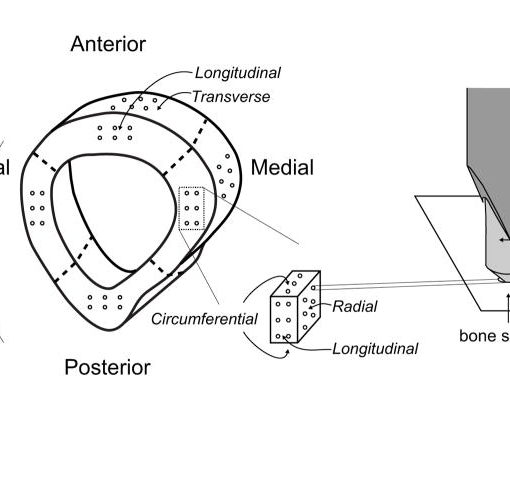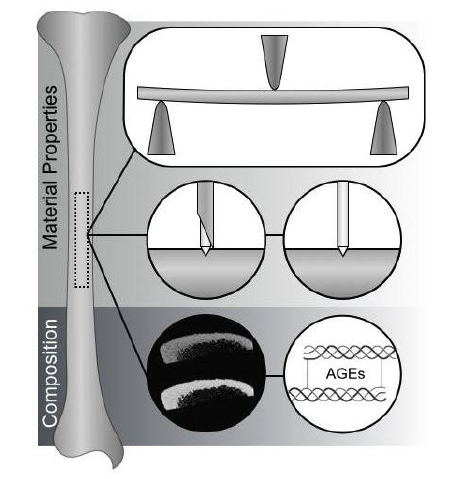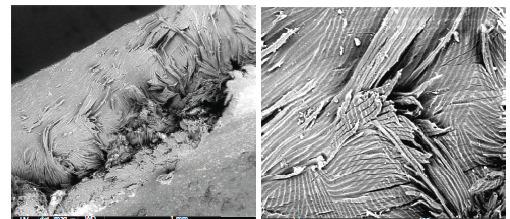Abstract
Osteogenesis imperfecta entrains changes at every level in bone tissue, from the disorganization of the collagen molecules and mineral platelets within and between collagen fibrils to the macroarchitecture of the whole skeleton. Investigations using an array of sophisticated instruments at multiple scale levels have now determined many aspects of the effect of the disease on the material properties of bone tissue. The brittle nature of bone in osteogenesis imperfecta reflects both increased bone mineralization density-the quantity of mineral in relation to the quantity of matrix within a specific bone volume-and altered matrix-matrix and matrix mineral interactions. Contributions to fracture resistance at multiple scale lengths are discussed, comparing normal and brittle bone. Integrating the available information provides both a better understanding of the effect of current approaches to treatment-largely improved architecture and possibly some macroscale toughening-and indicates potential opportunities for alternative strategies that can influence fracture resistance at longer-length scales.
https://www.ncbi.nlm.nih.gov/pubmed/26987995
J Bone Miner Res. 2016 Apr;31(4):699-708. doi: 10.1002/jbmr.2835. Epub 2016 Mar 26.




